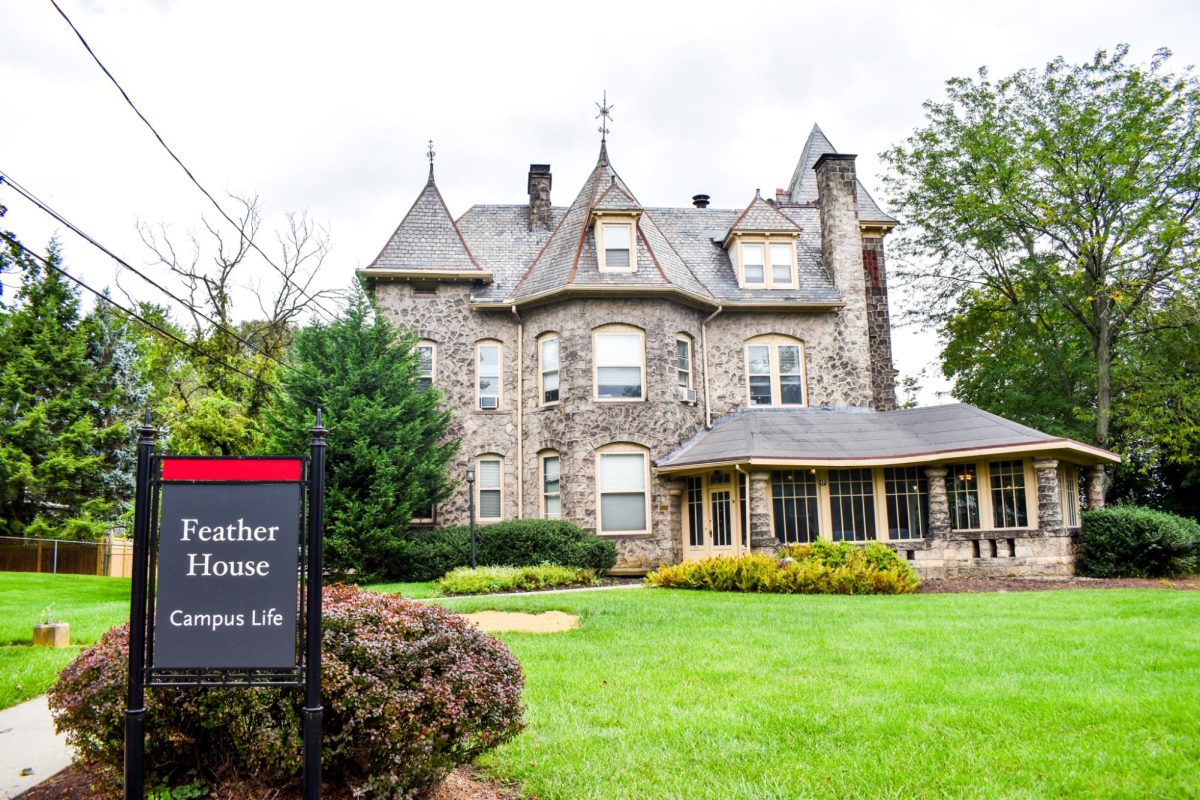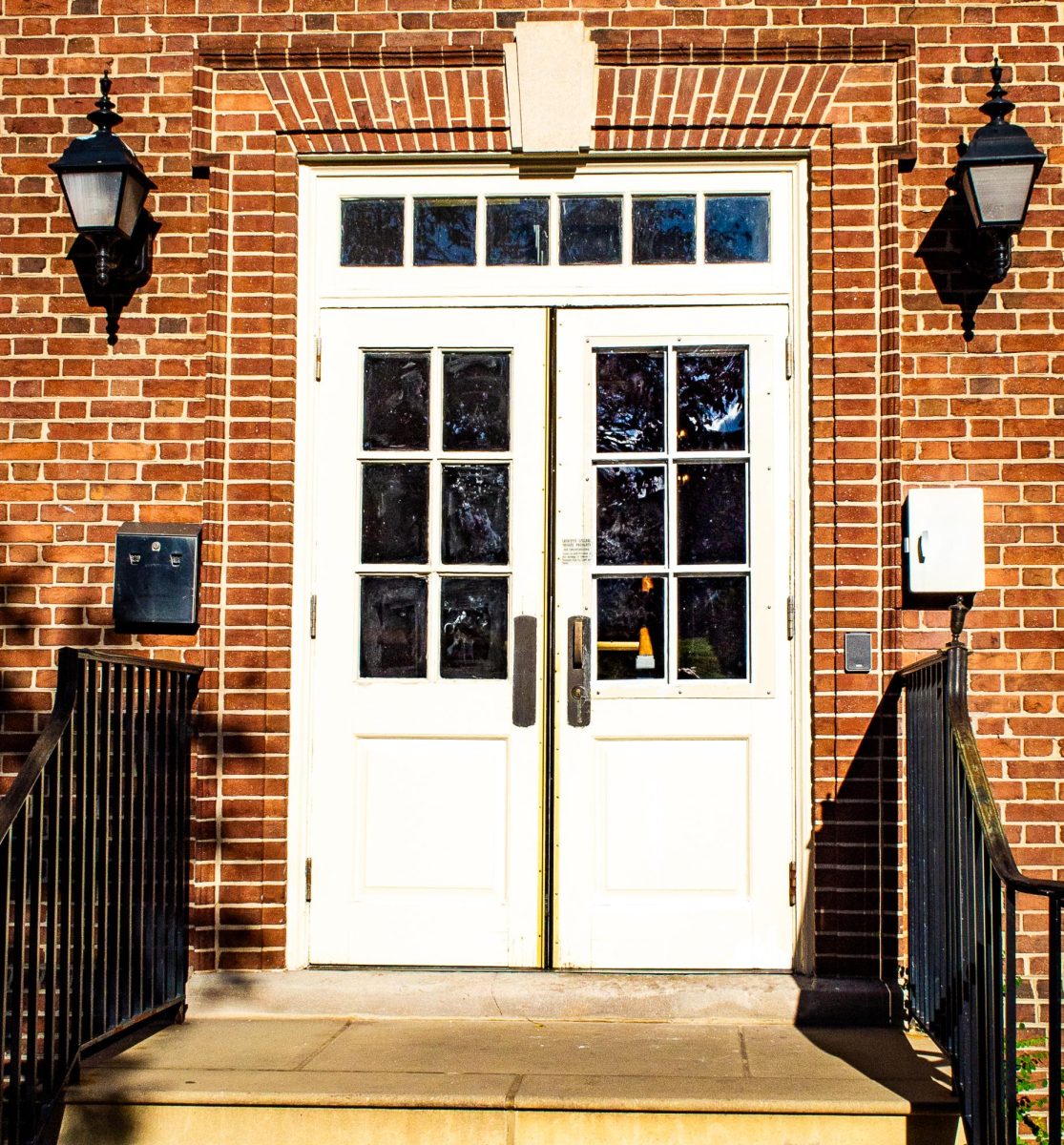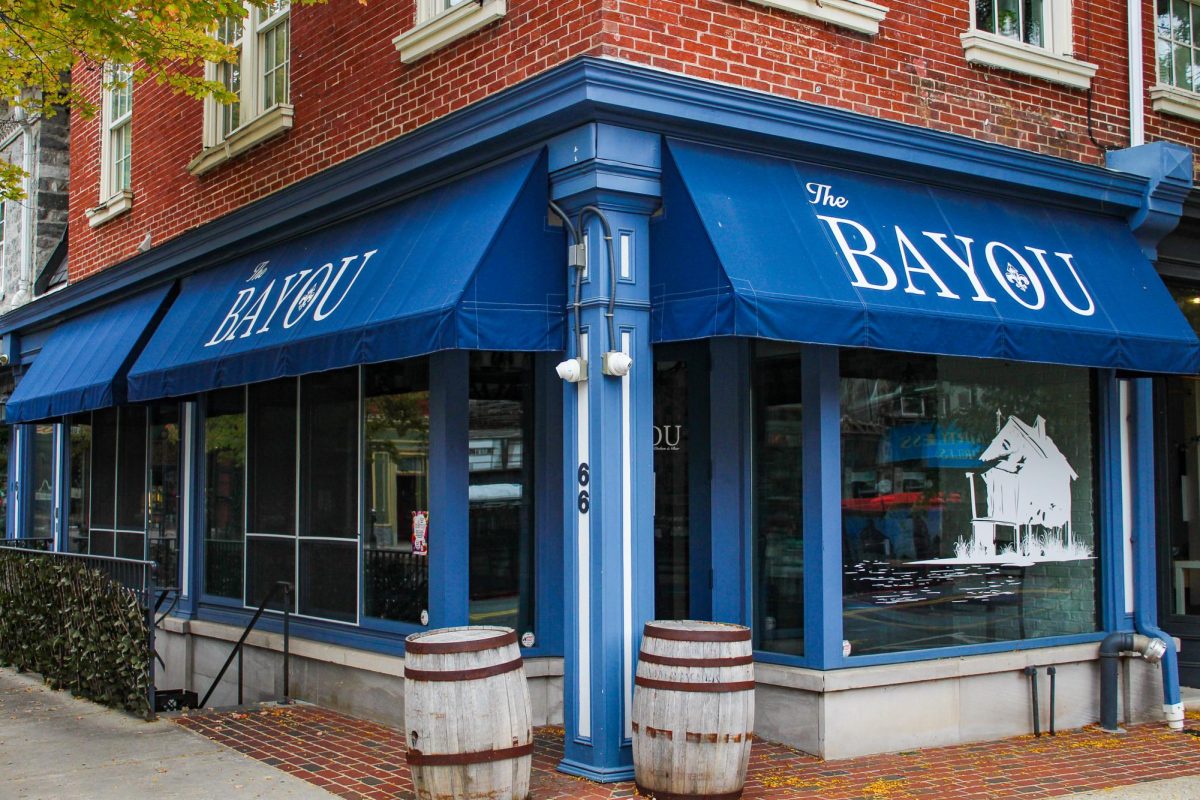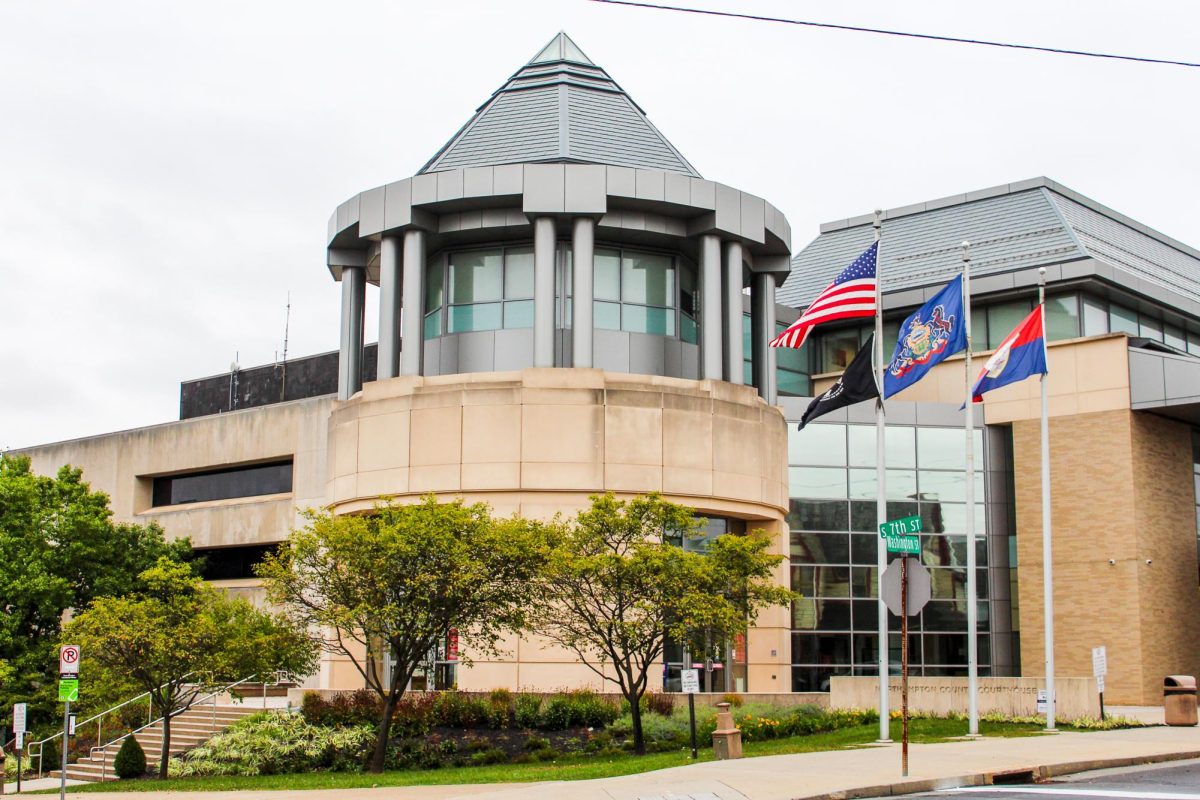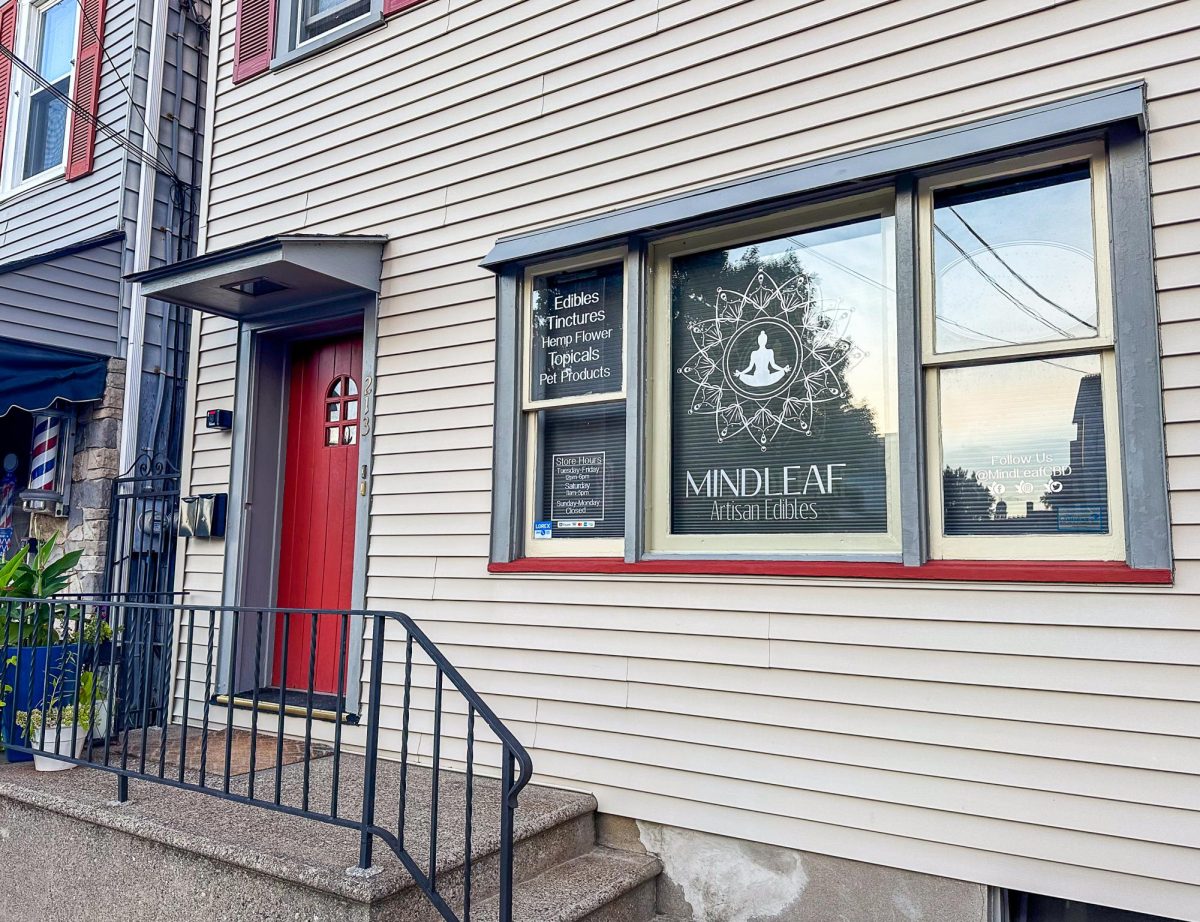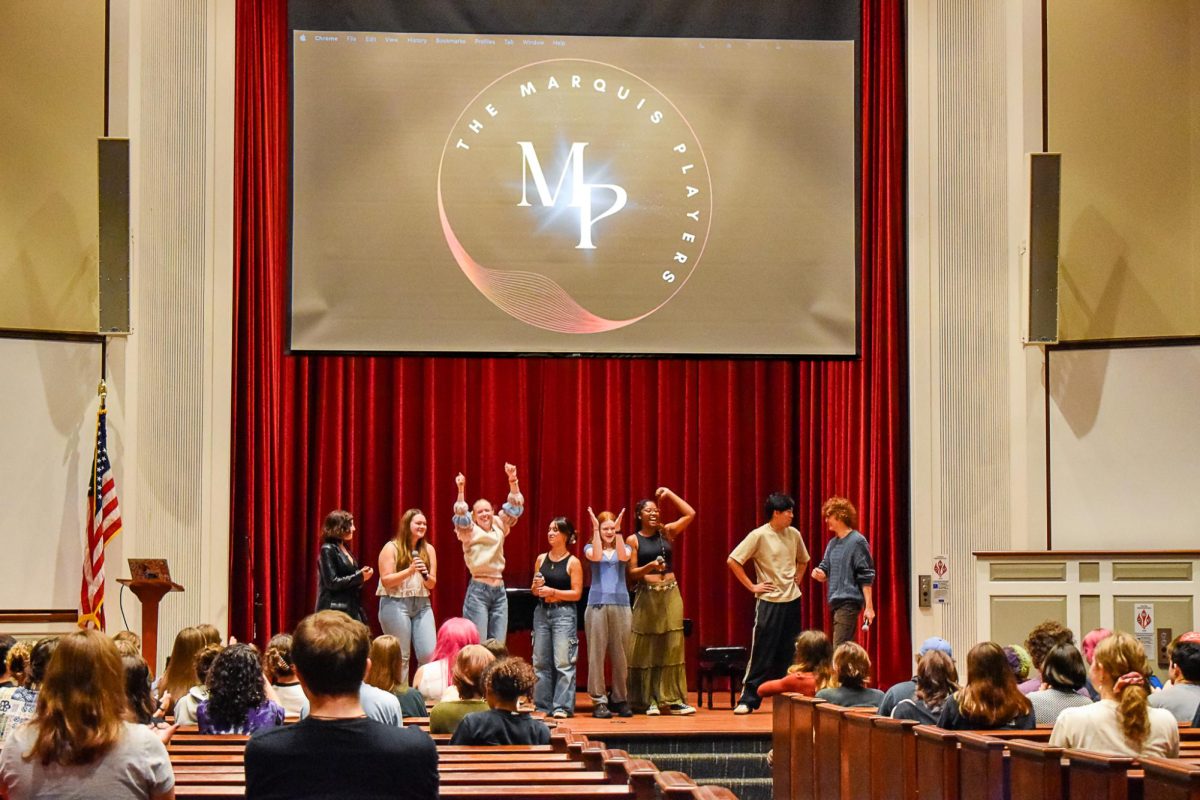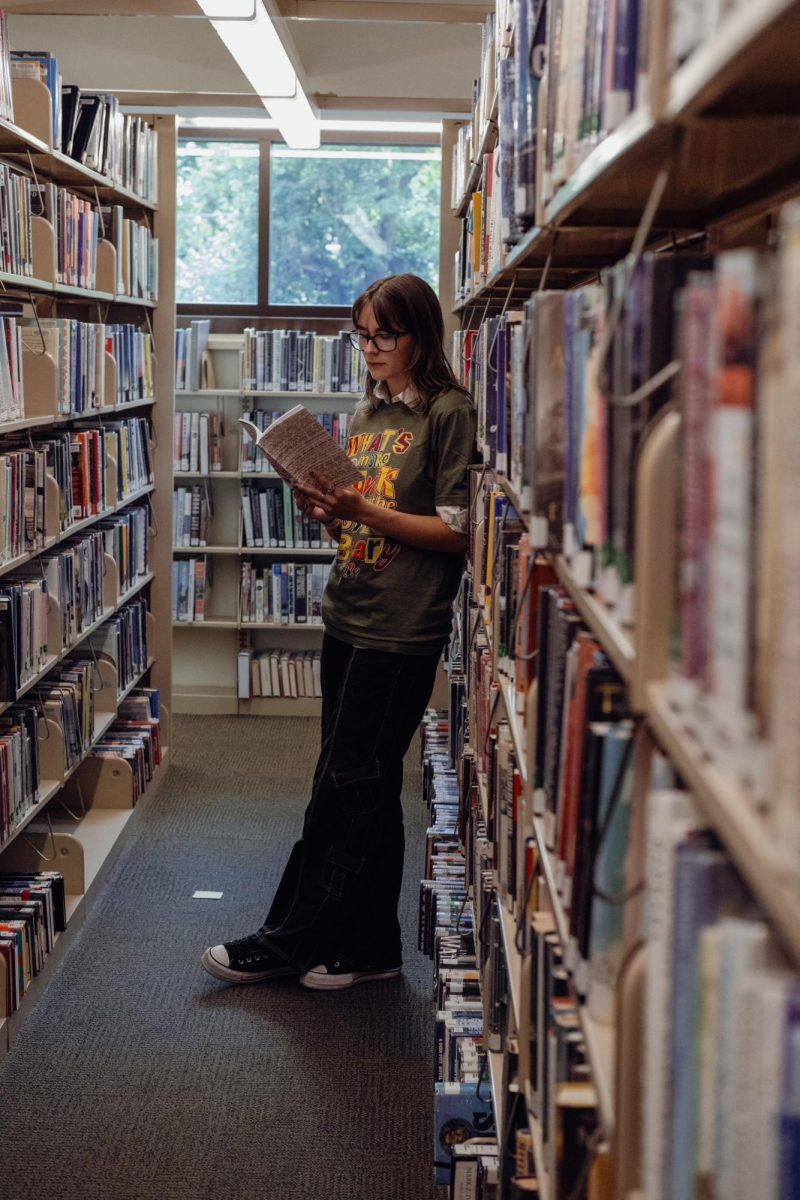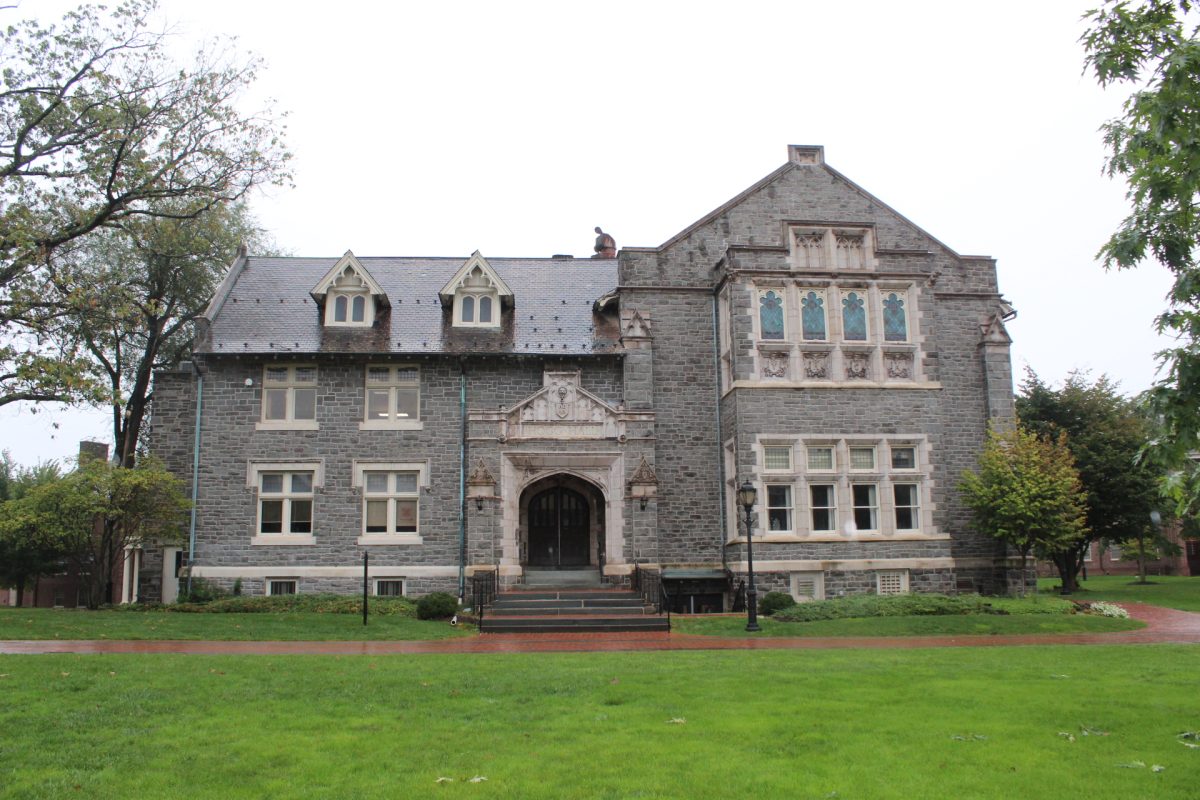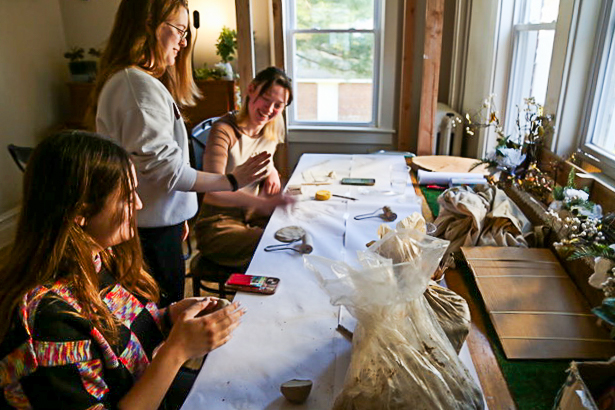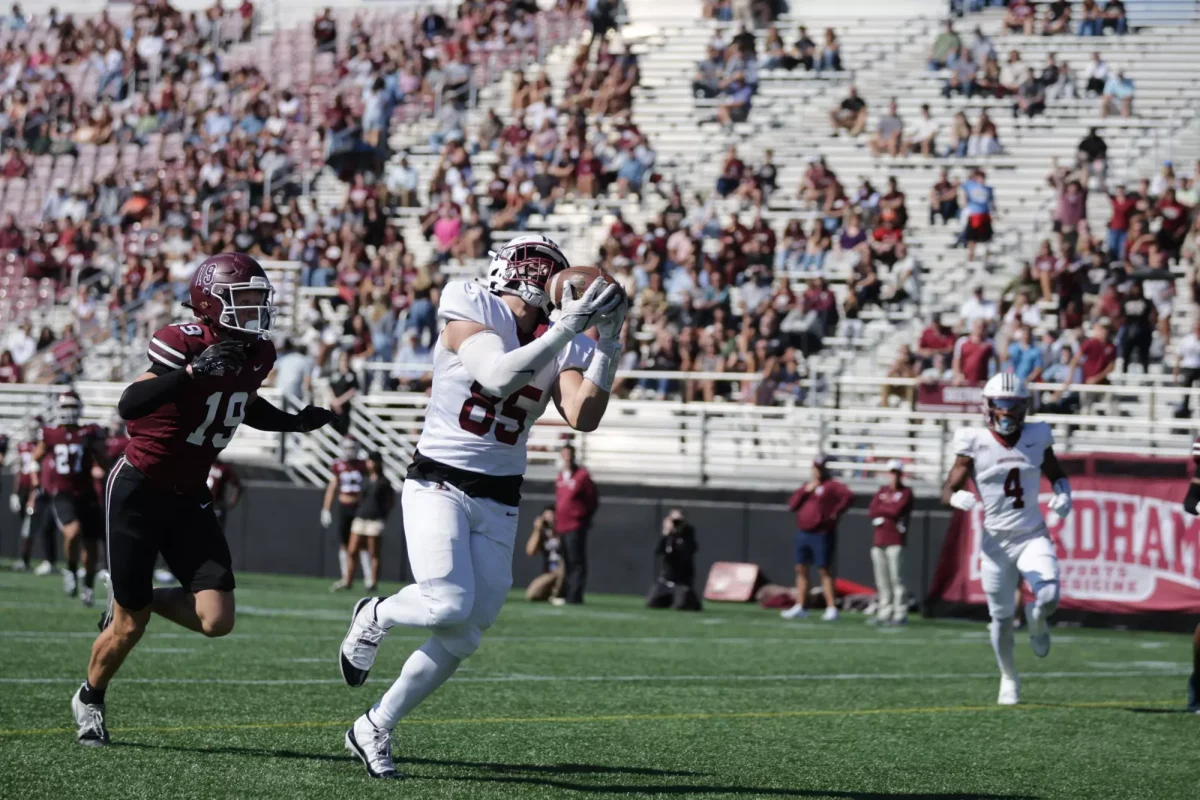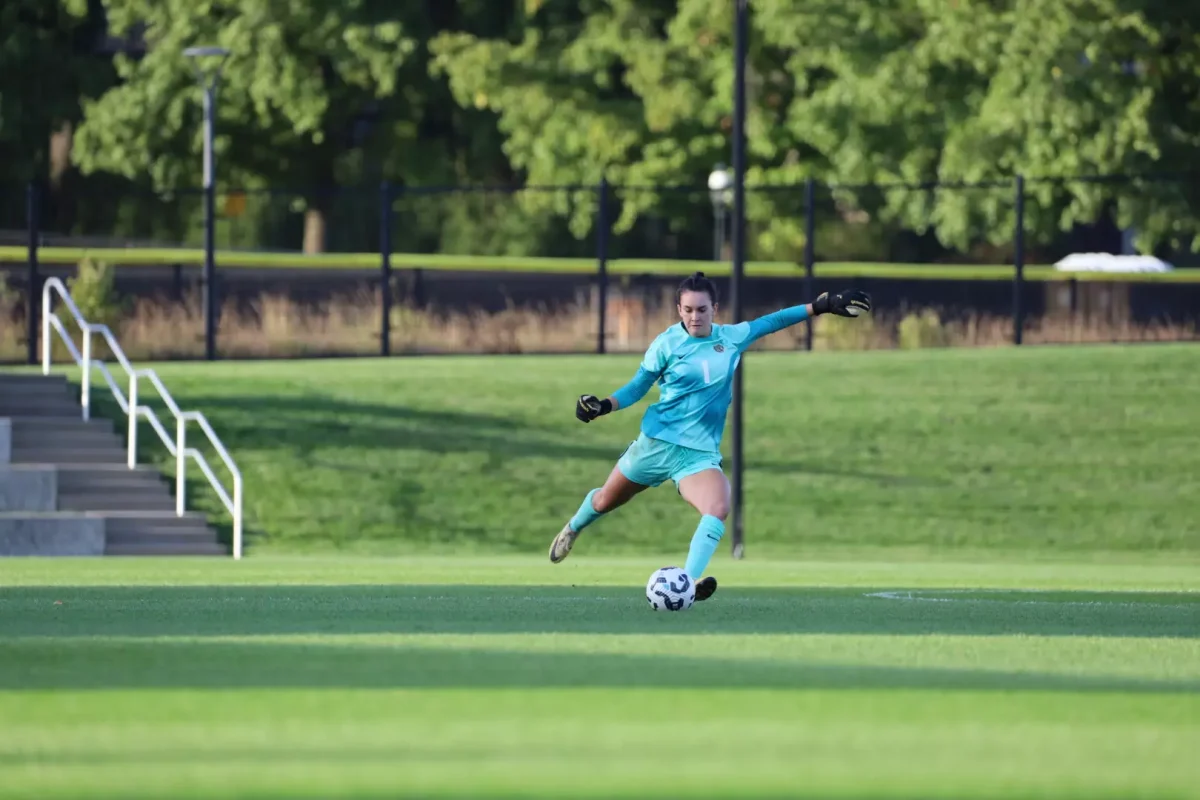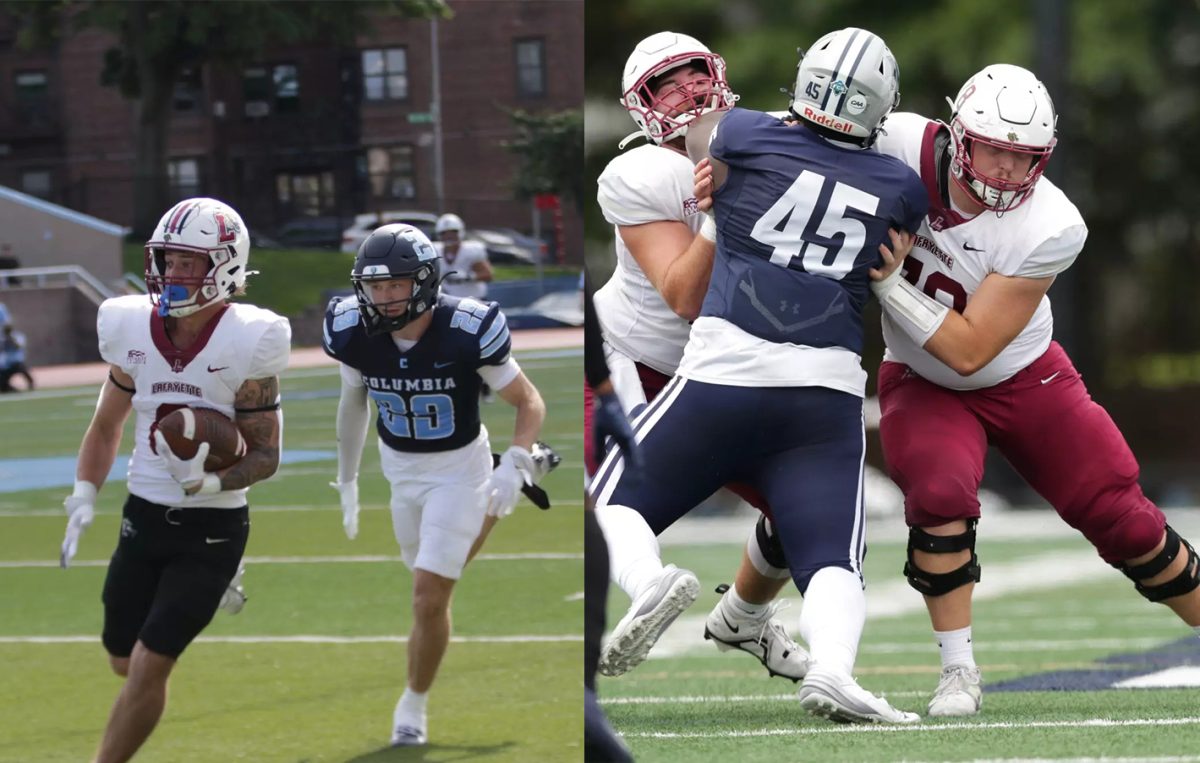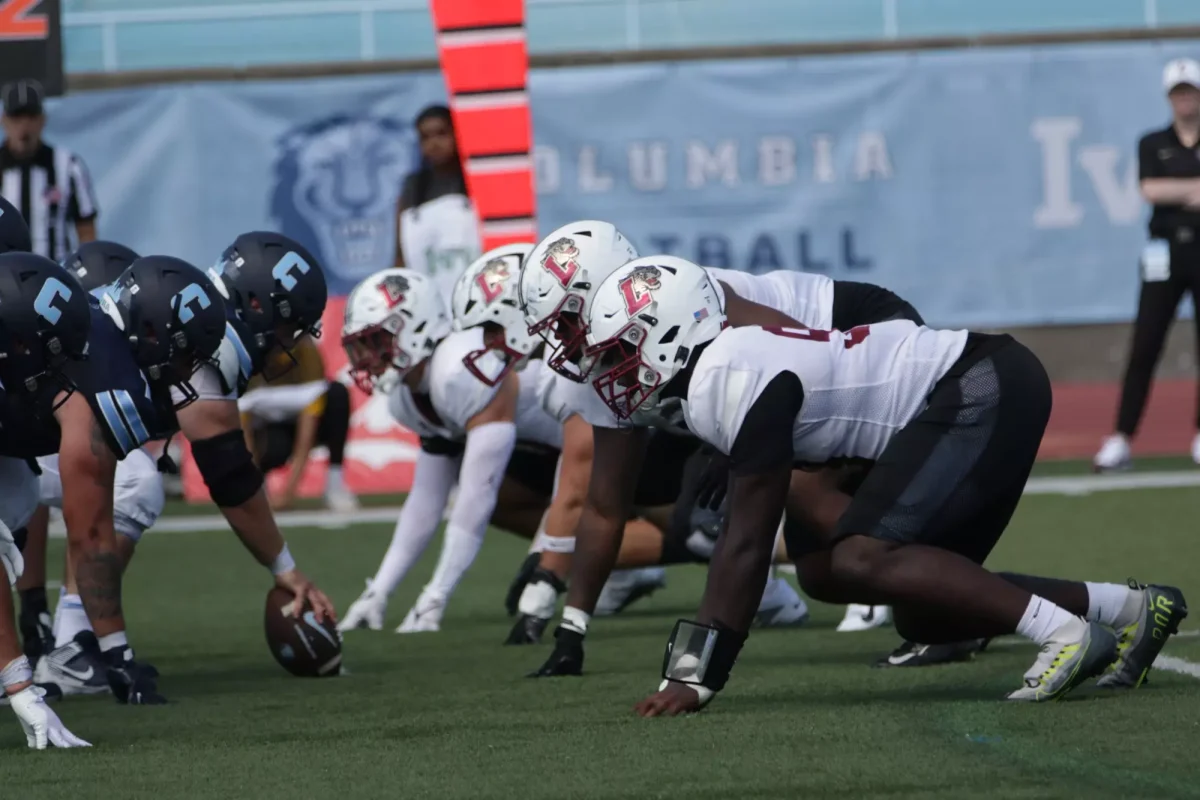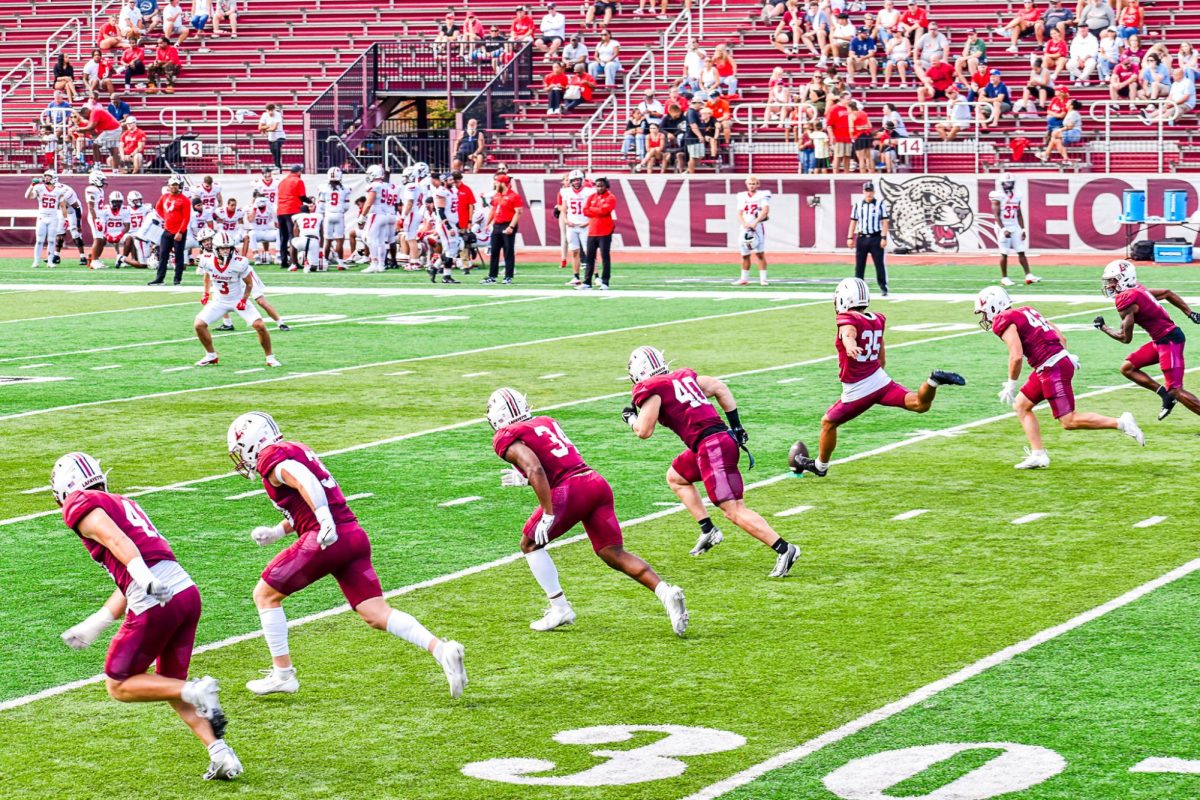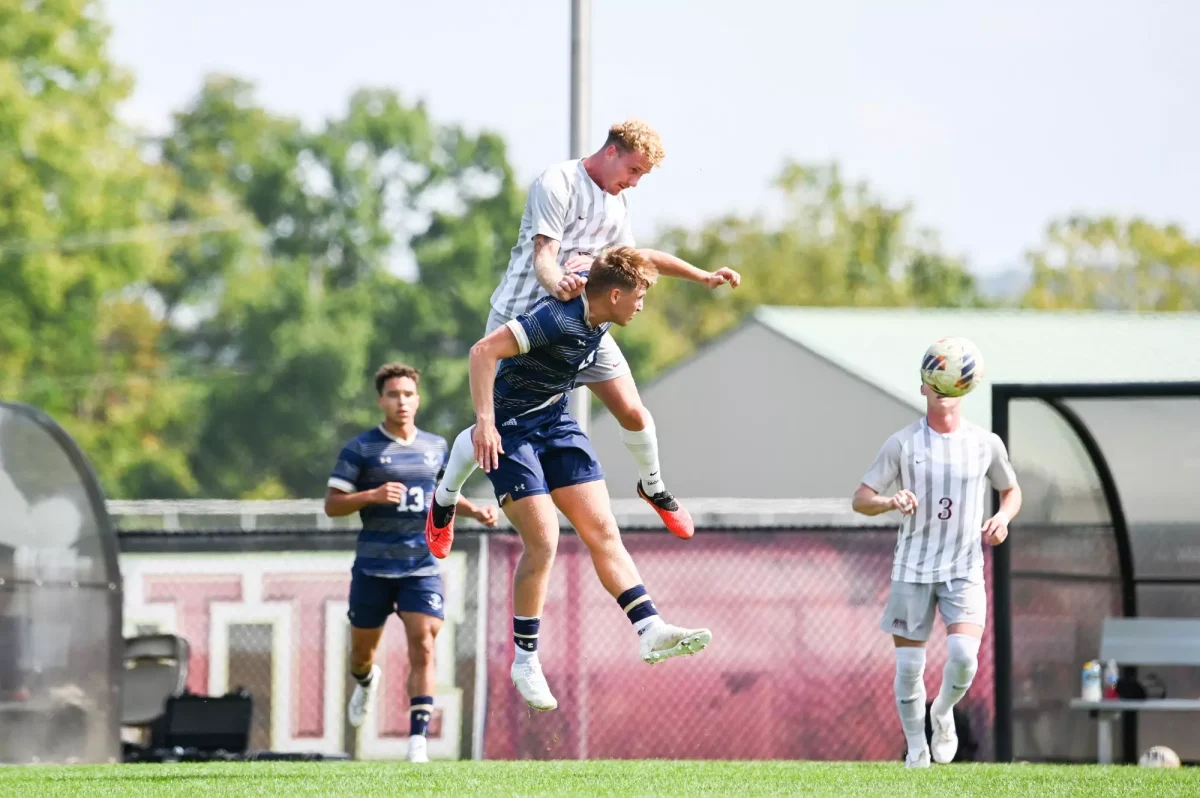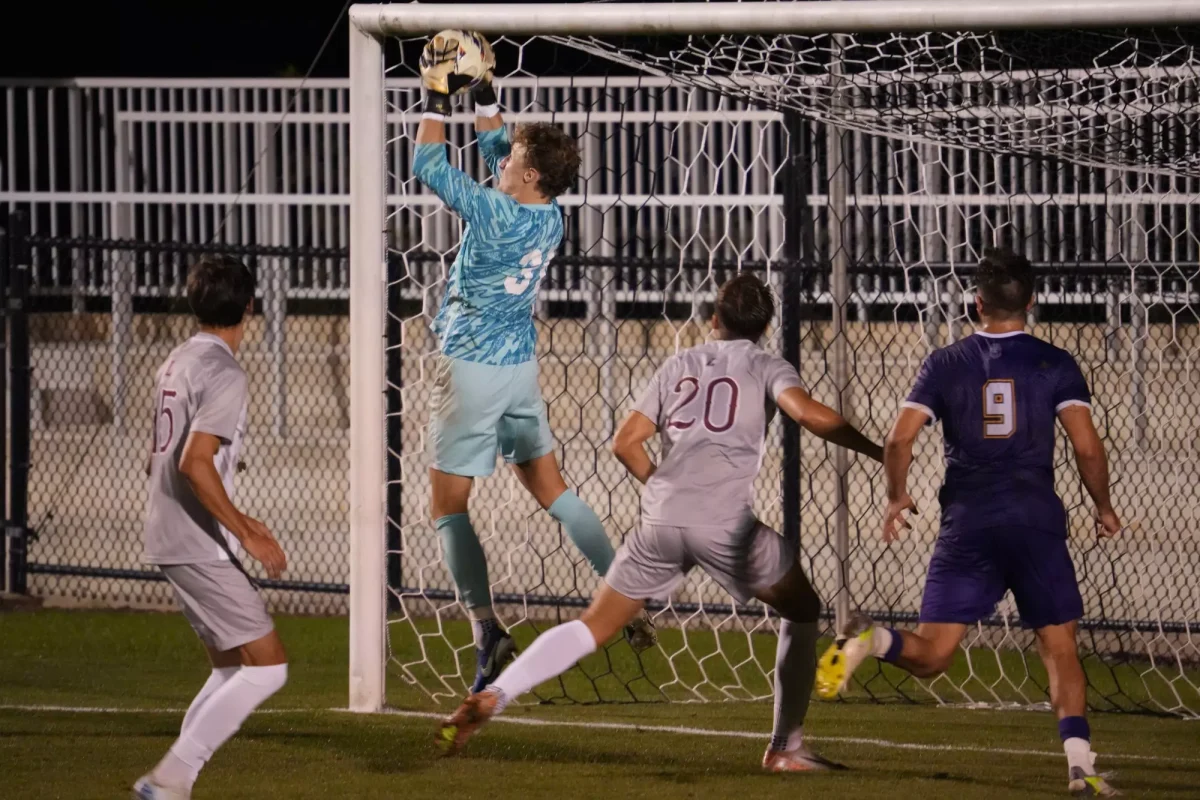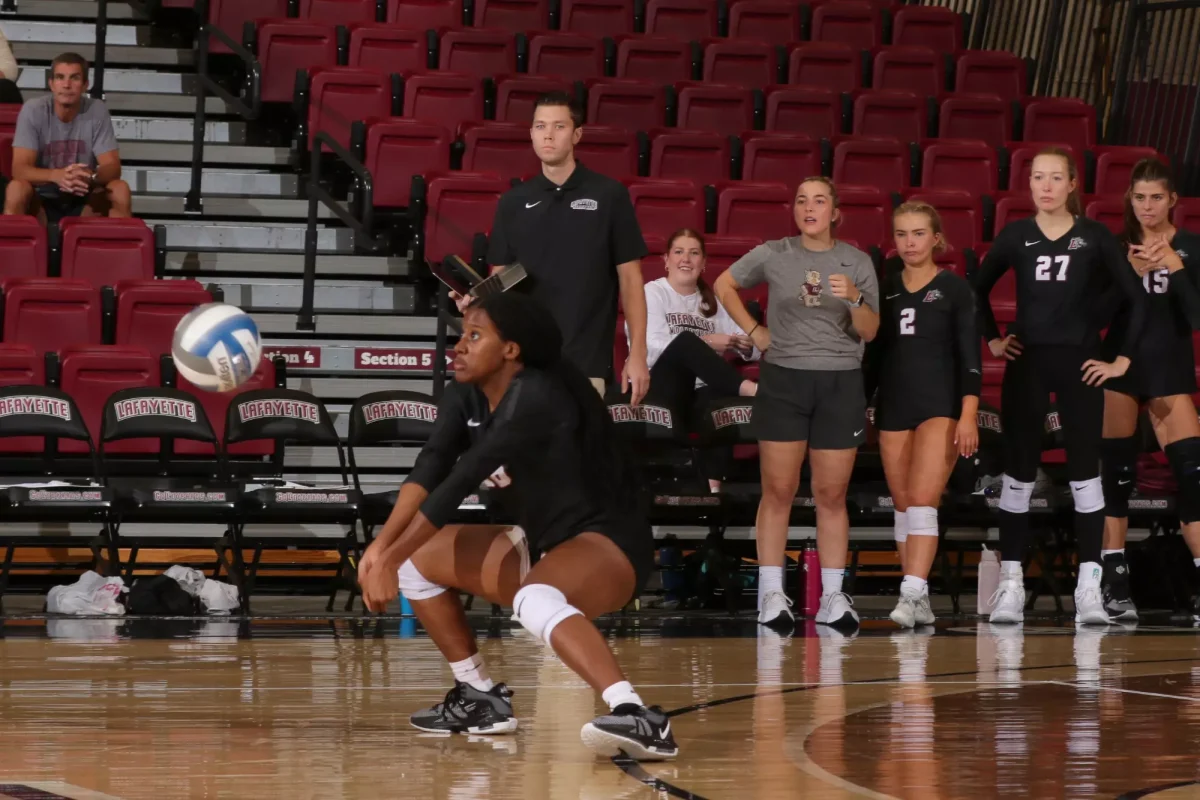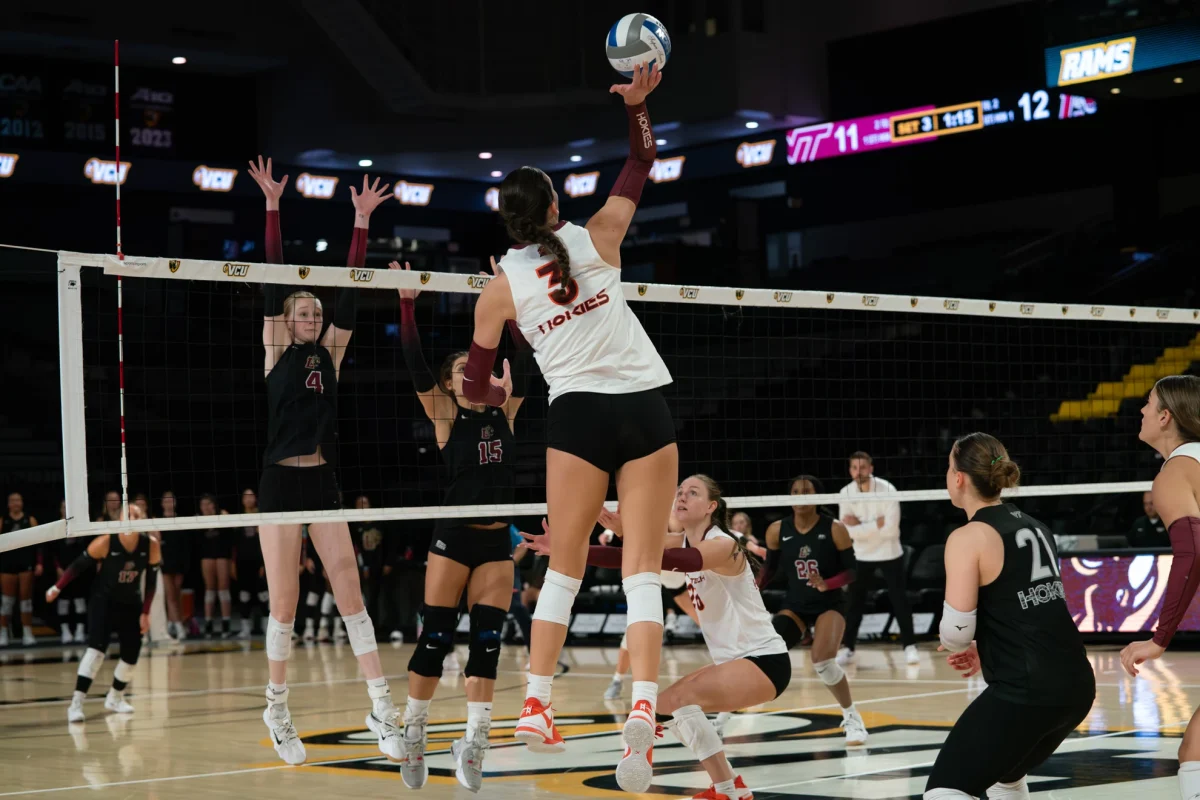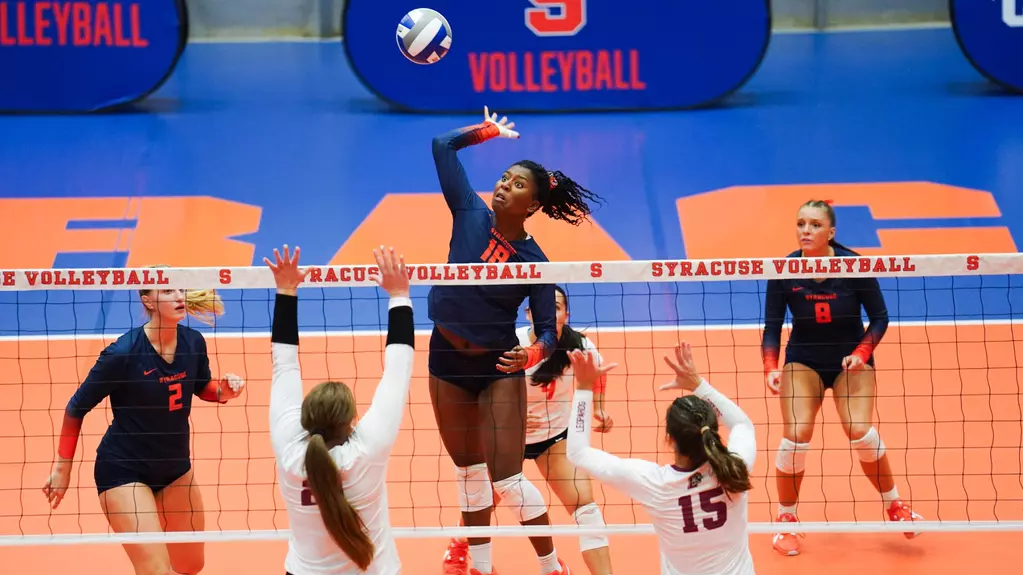Book Review: ‘Eight Perfect Hours’: Heartwarming holiday cheer overshadowed by complex subplots
“Eight Perfect Hours” follows Sam and Noelle as the universe brings them together over and over again. (Photo courtesy of Simon & Schuster)
December 10, 2021
If you’re disappointed by the lack of snowfall in Easton this December, Lia Louis’ “Eight Perfect Hours” will whisk you away to a winter wonderland in England for a tale of family, friendship and second chances.
The story begins when disaster strikes: Noelle Gallagher is stuck in a snowstorm on the highway with no cellphone battery and nowhere to go. With no way to contact her ailing mother, Noelle accepts the offer of Sam, the handsome American stranger in the car next to her, and hops into his car to charge her phone.
As the pair spends the titular eight hours together in the car, sparks seem to fly. But, as soon as the snow clears, Sam is back on his way to the airport to fly to Oregon, and Noelle is back to her stressful days as a cleaner and caretaker. Thus begins a series of serendipitous meetings, almost as if the pair is magnetically drawn to one another.
Louis does many things very well throughout the book. Noelle’s intense love for her friends and family endears her to readers, and her struggle to understand herself separately from her relationships with others is deeply relatable.
Furthermore, Louis does justice to the idea of fate in unexpected ways. It’s difficult to surprise readers of romance novels, which tend to follow somewhat formulaic plot lines. However, key details from several places throughout the book made a reappearance at the end in ways that made my eyes widen, keeping the resolution from falling into dull predictability.
Sam and Noelle, the book’s central couple, had exciting chemistry when they were together. However, the book’s main idea of fate bringing the two back together relies on them first falling apart. This leads to an abundance of telling and a lack of showing—a cardinal sin of literature. Noelle spends a large portion of the book just relaying to her friends how great it was to be around Sam while he is not there.
This leads to my other gripe with the book: it has one too many subplots.
Louis attempts to deal with a number of real-world issues: postpartum depression, anxiety disorders, loss of a friend, loss of a family member, financial insecurity, taking care of an elderly family member and more. If you can think of a problem that a young adult might face, it’s probably somewhere in this book.
I appreciate the effort Louis made to address these complicated issues, and in some ways, it works for the book. Some of these plot lines flow seamlessly from the beginning to the end of the story and tie in perfectly to the resolution of Sam and Noelle’s relationship. Others, however, seem to be an oversimplification of the issue at hand, resolve themselves completely in the first half and often serve no purpose other than to pass the time when Sam and Noelle are apart.
If you are looking for a quick read to reinforce your belief in the power of the universe, try out “Eight Perfect Hours.” But bear in mind that along with the red string of fate, you will find an oversaturation of side plots.



